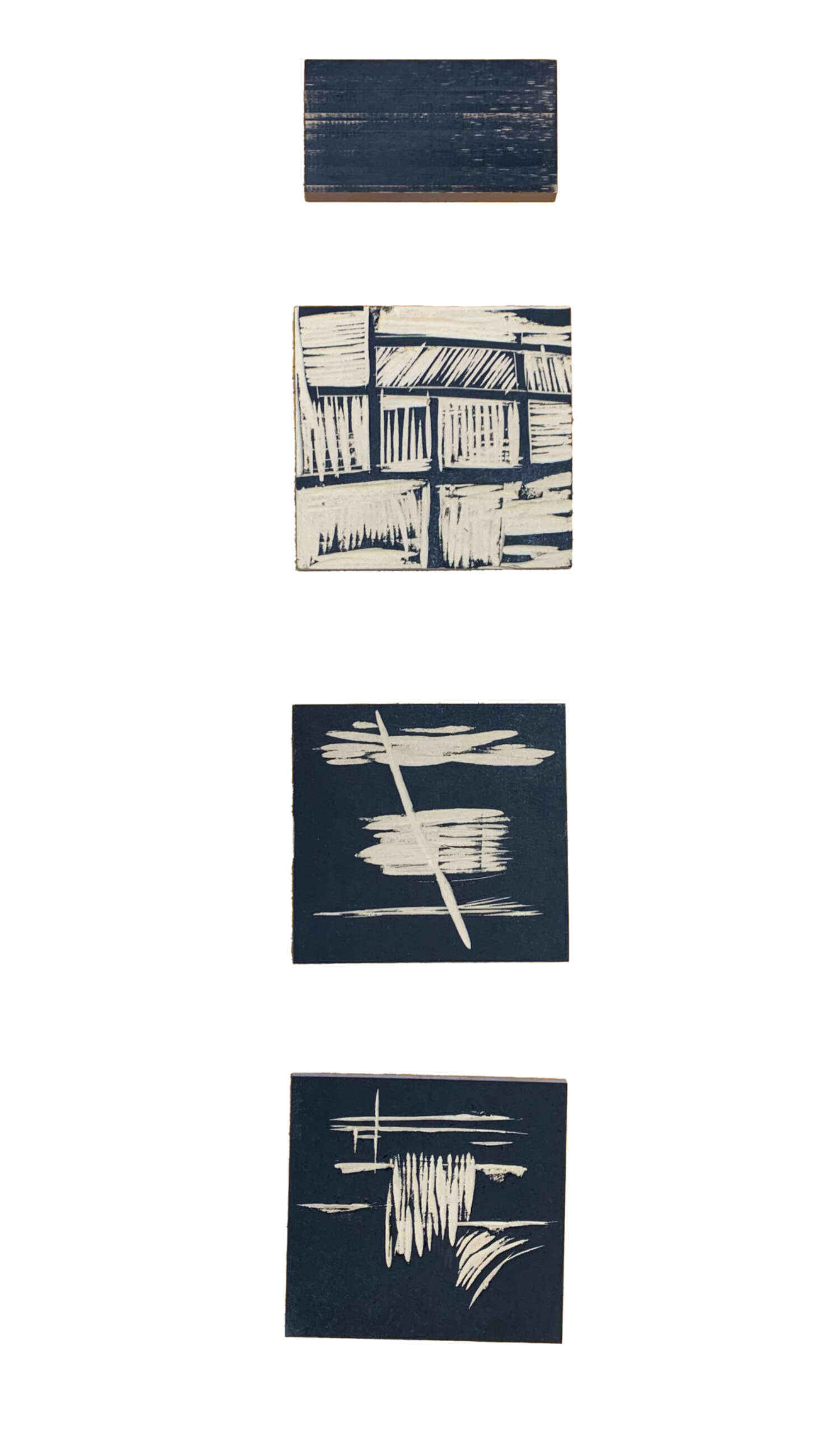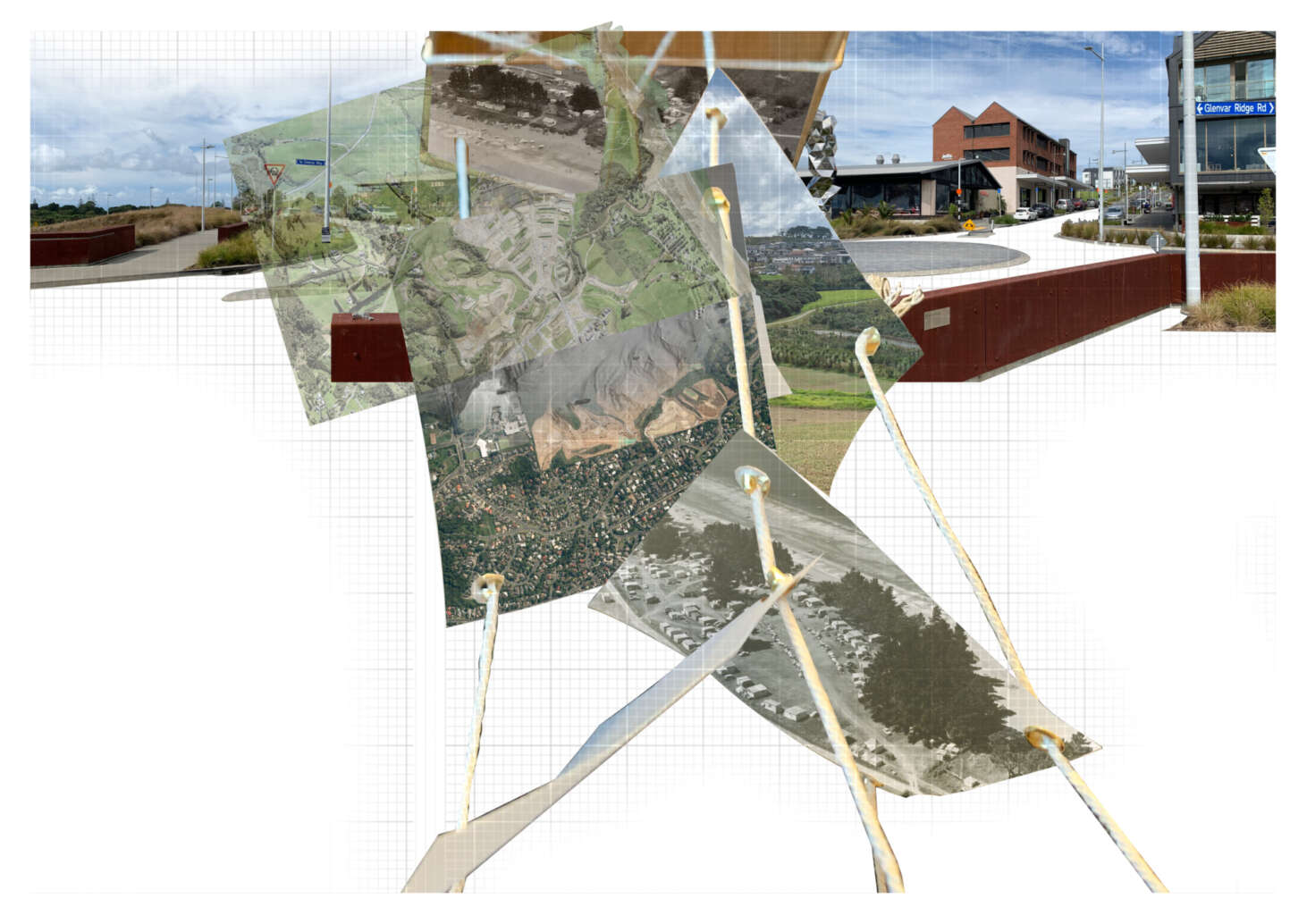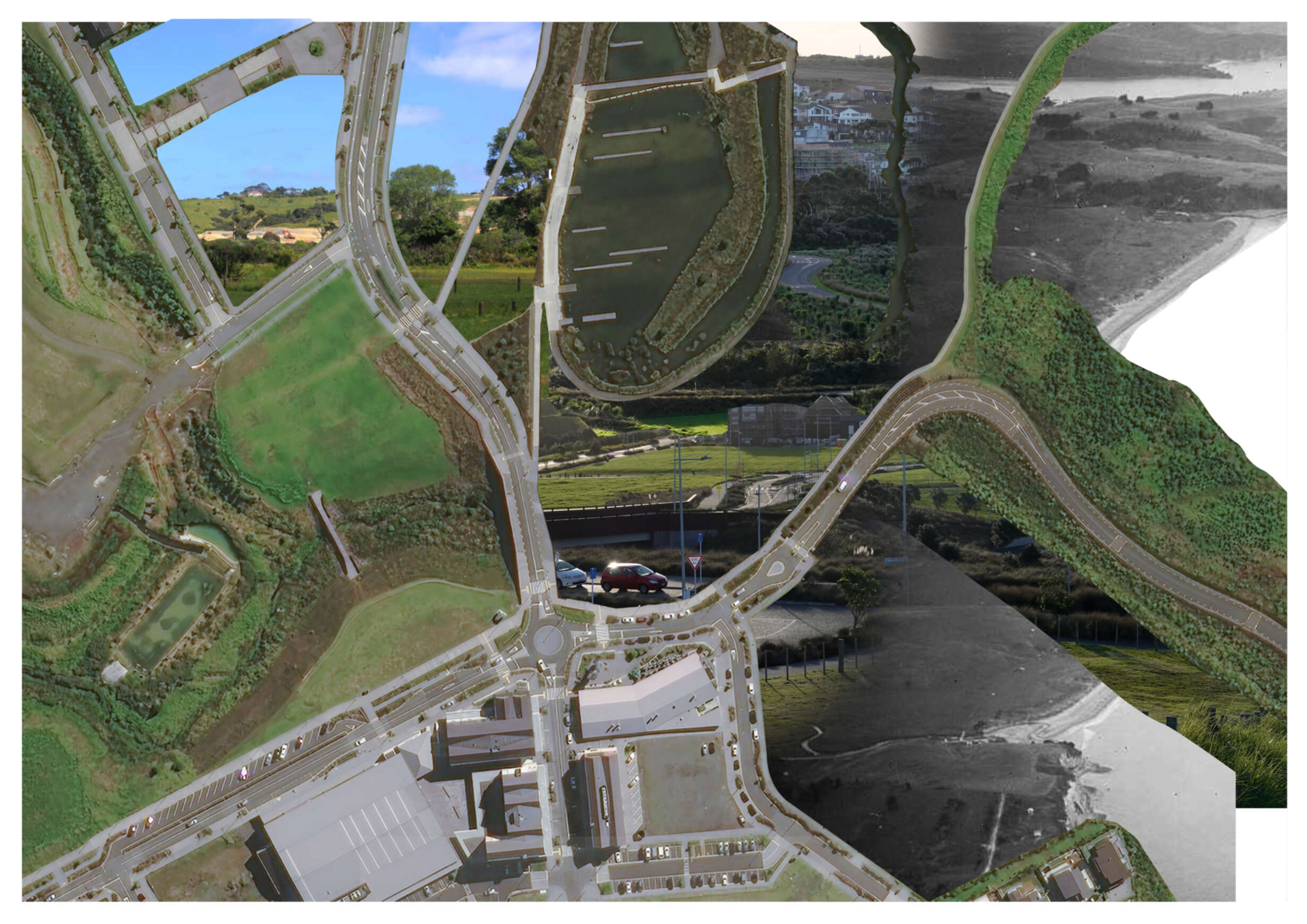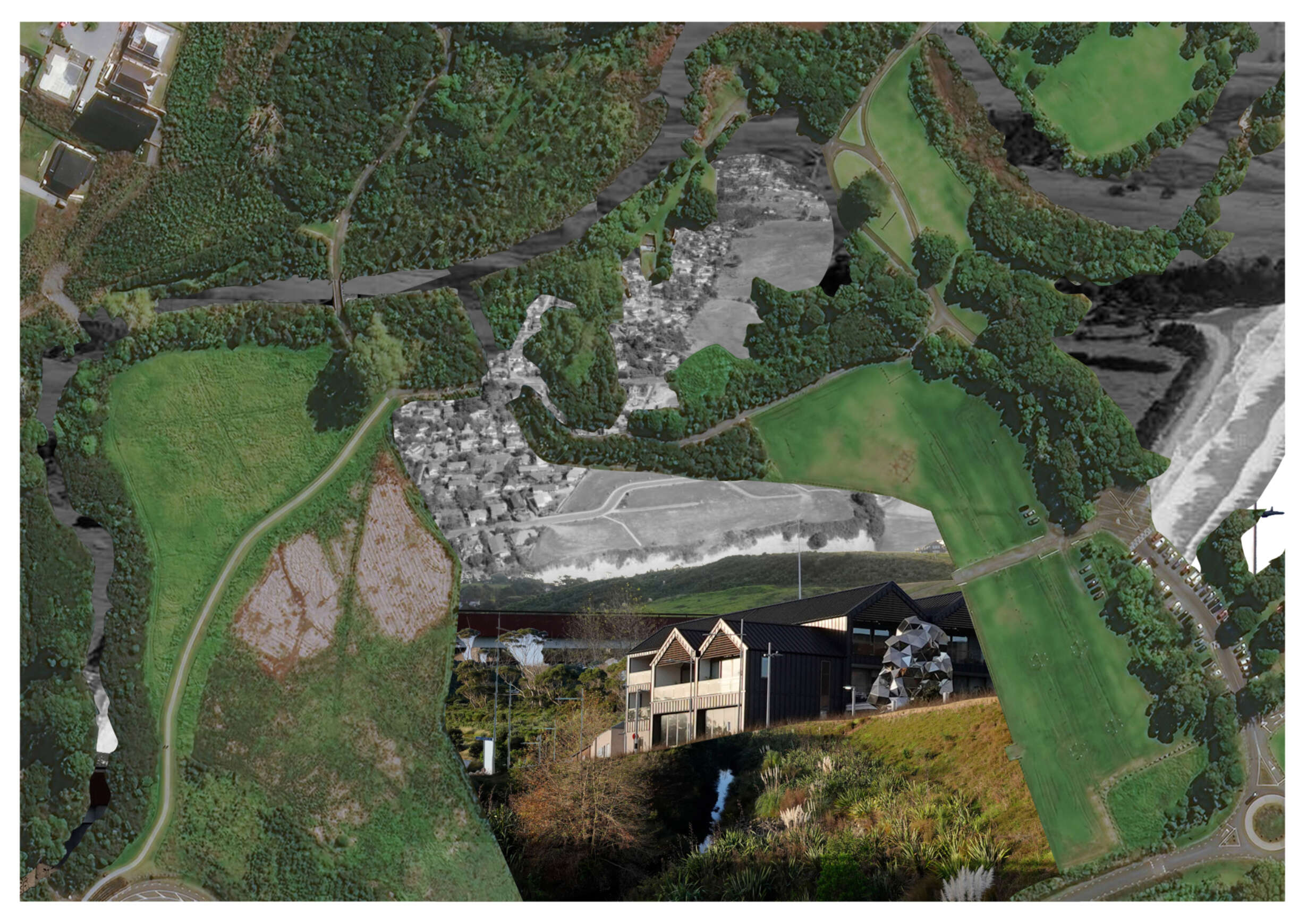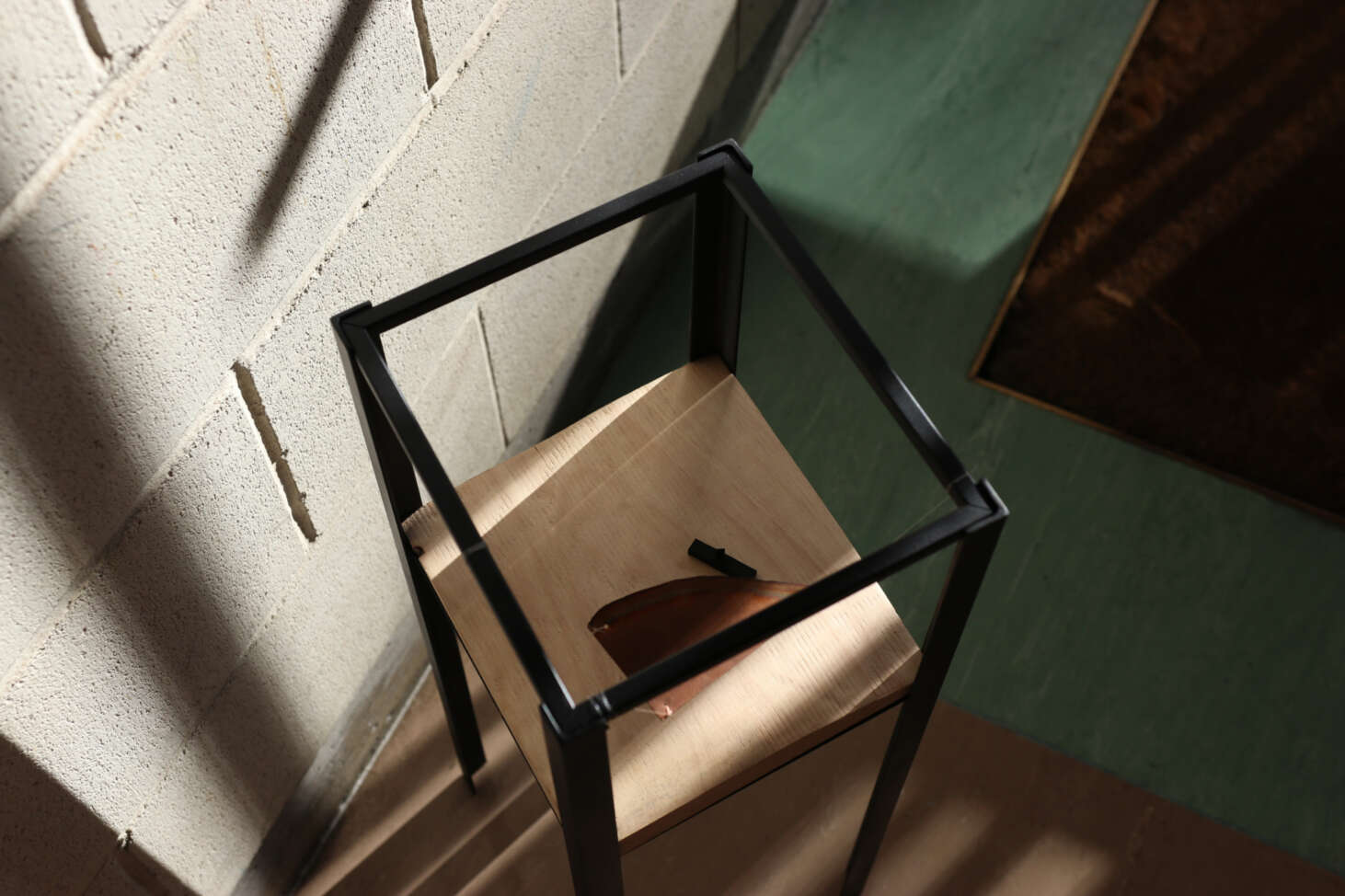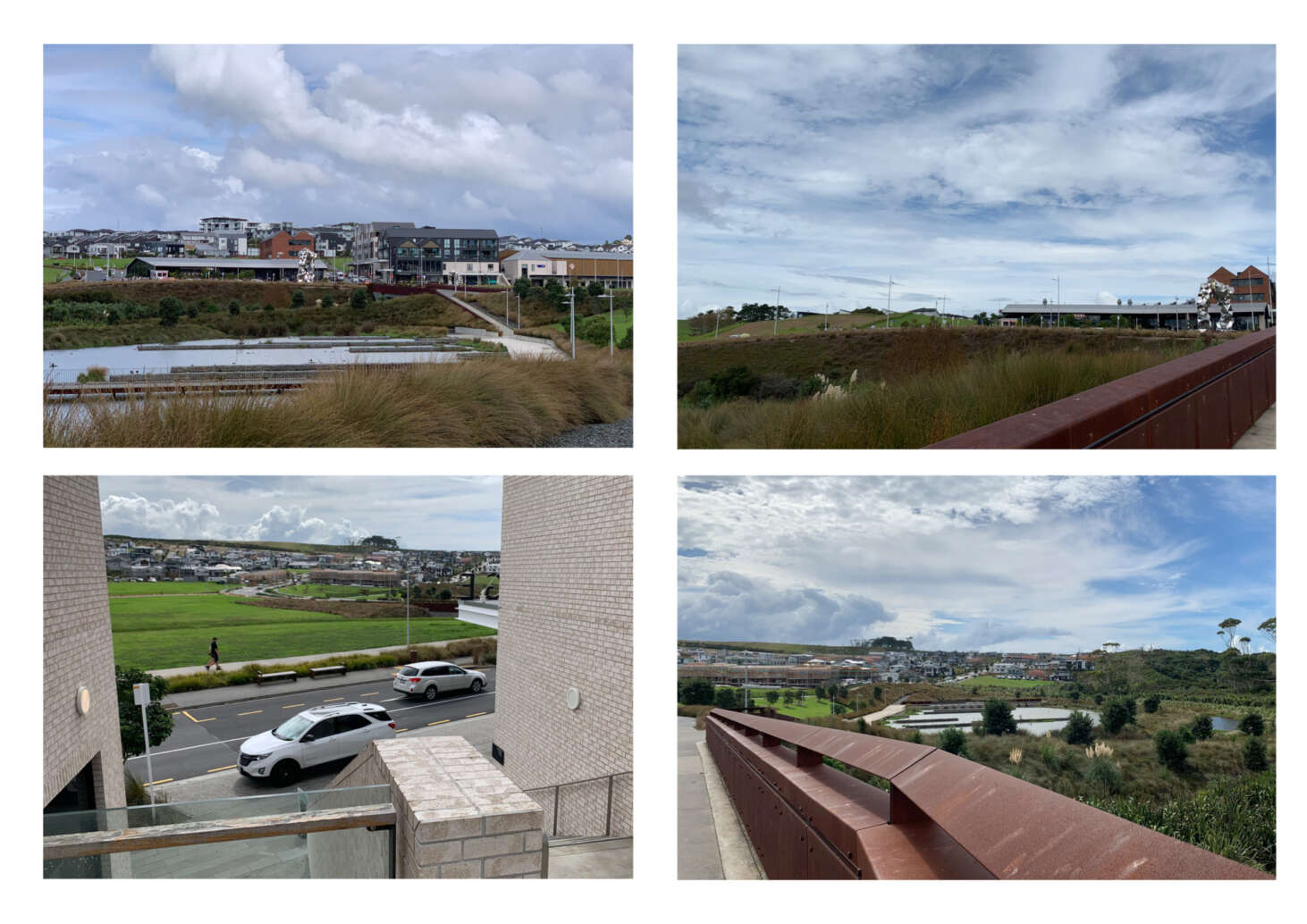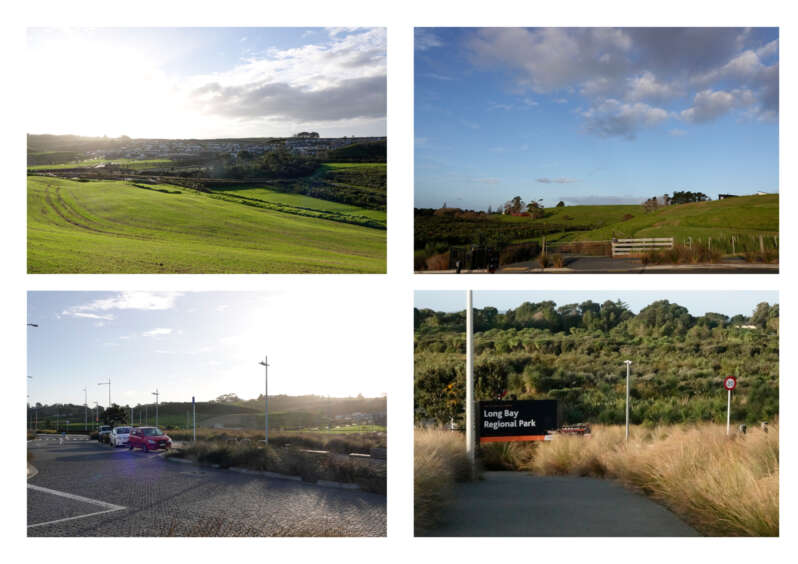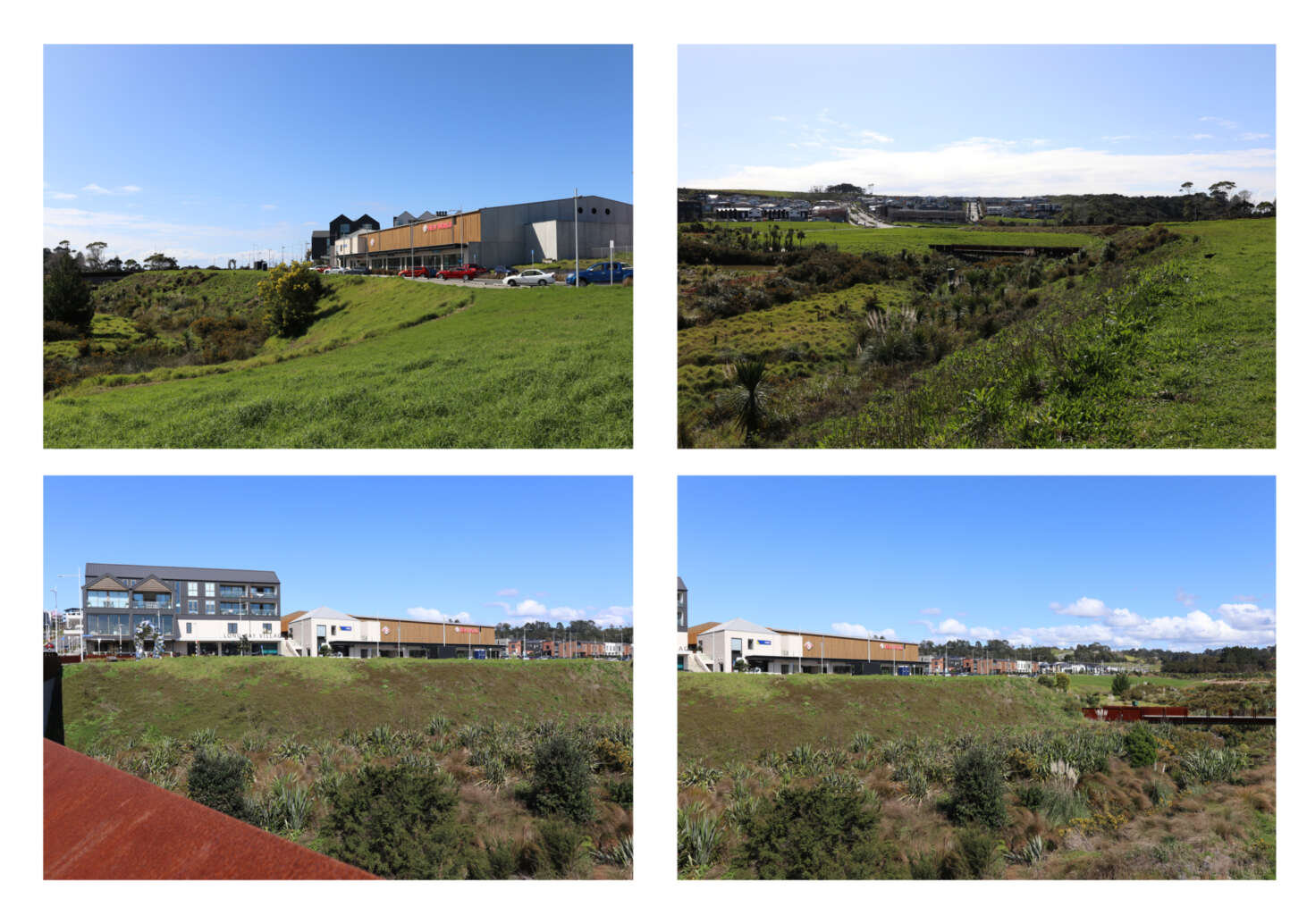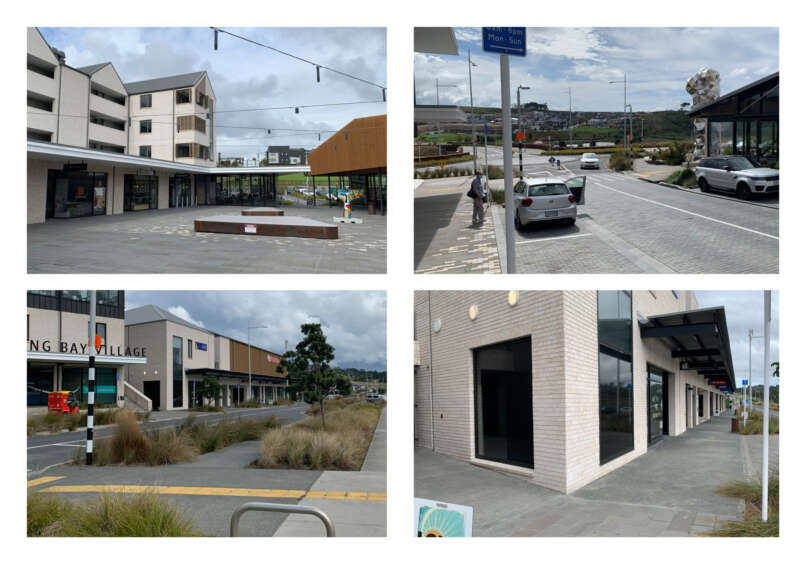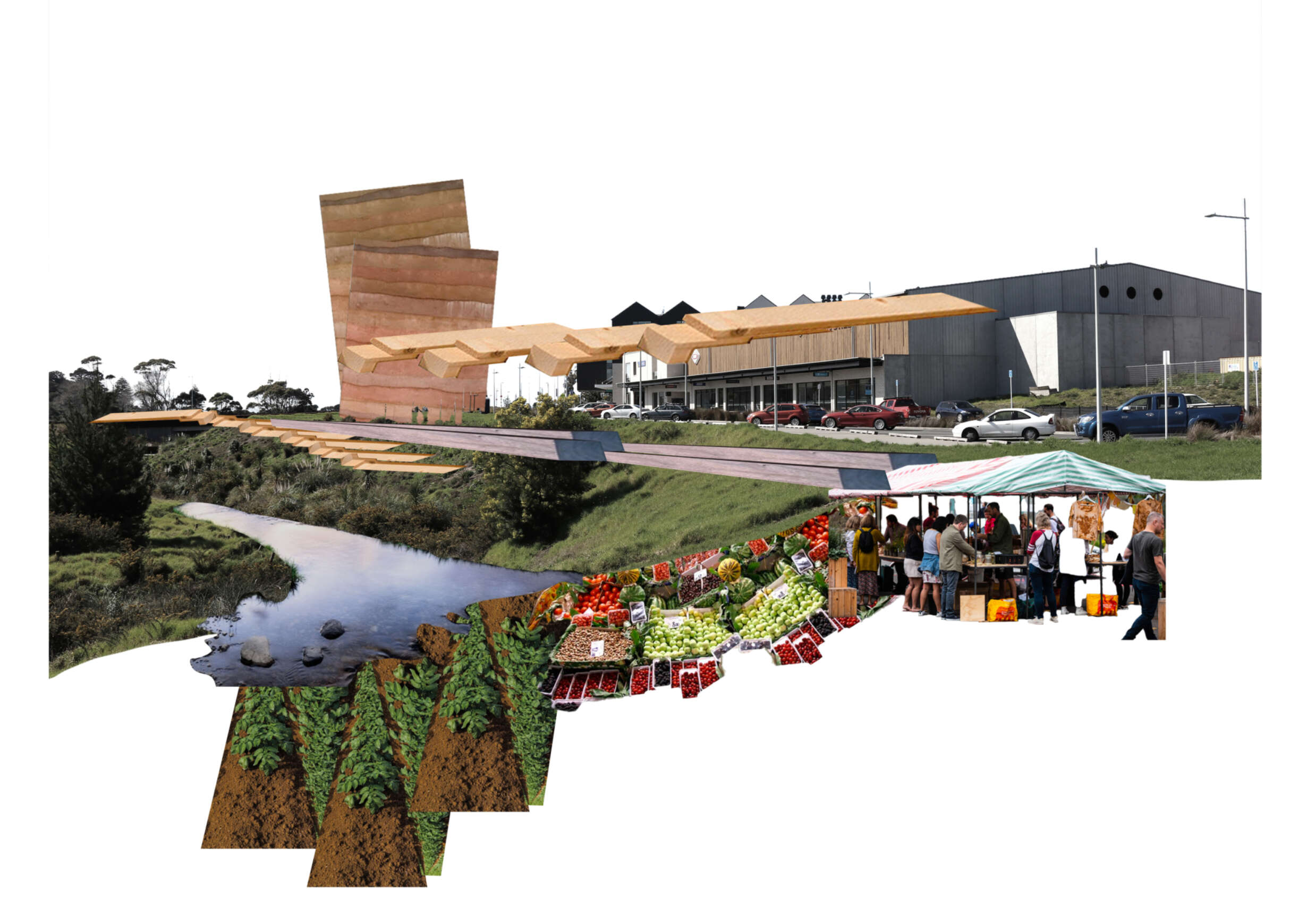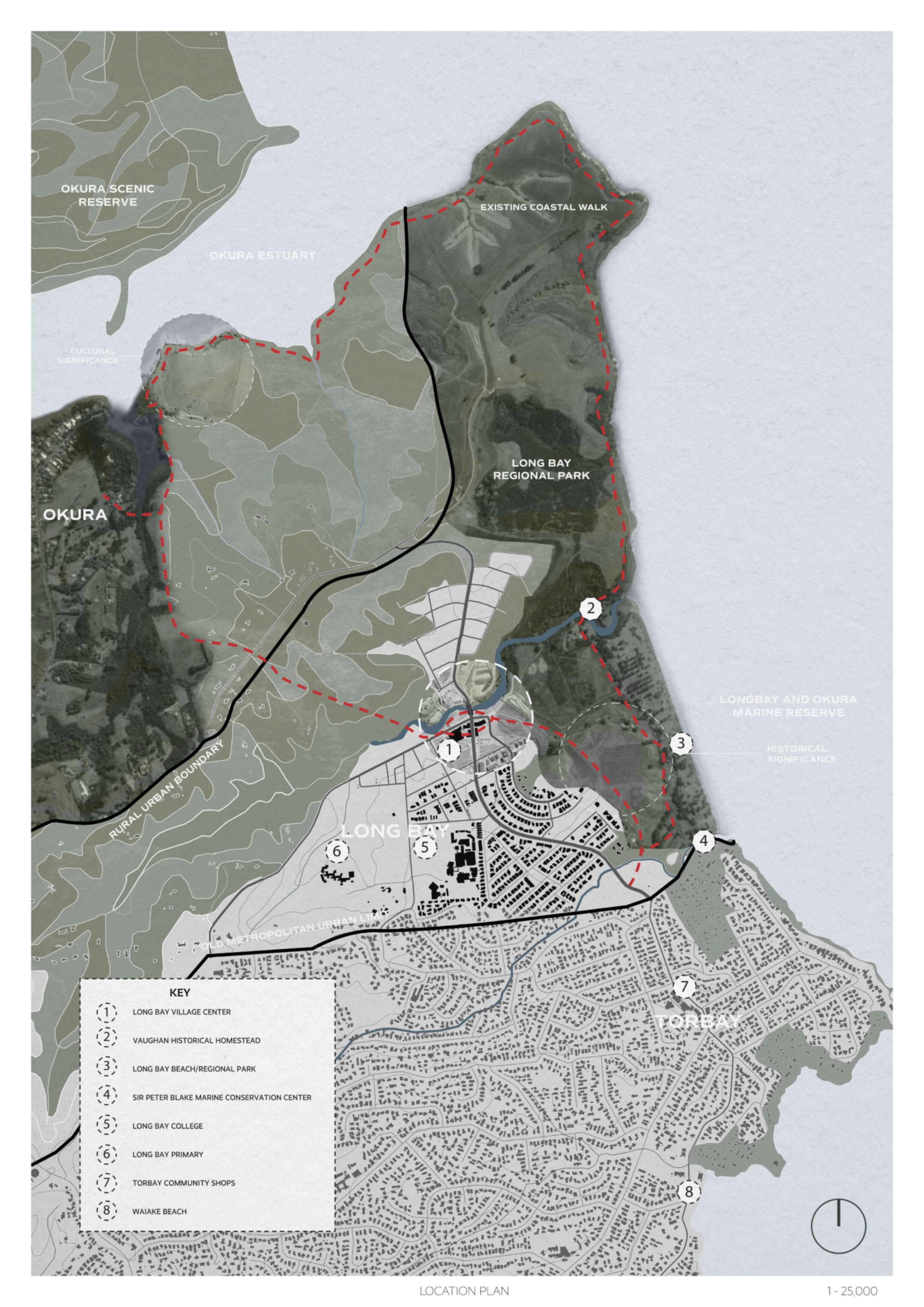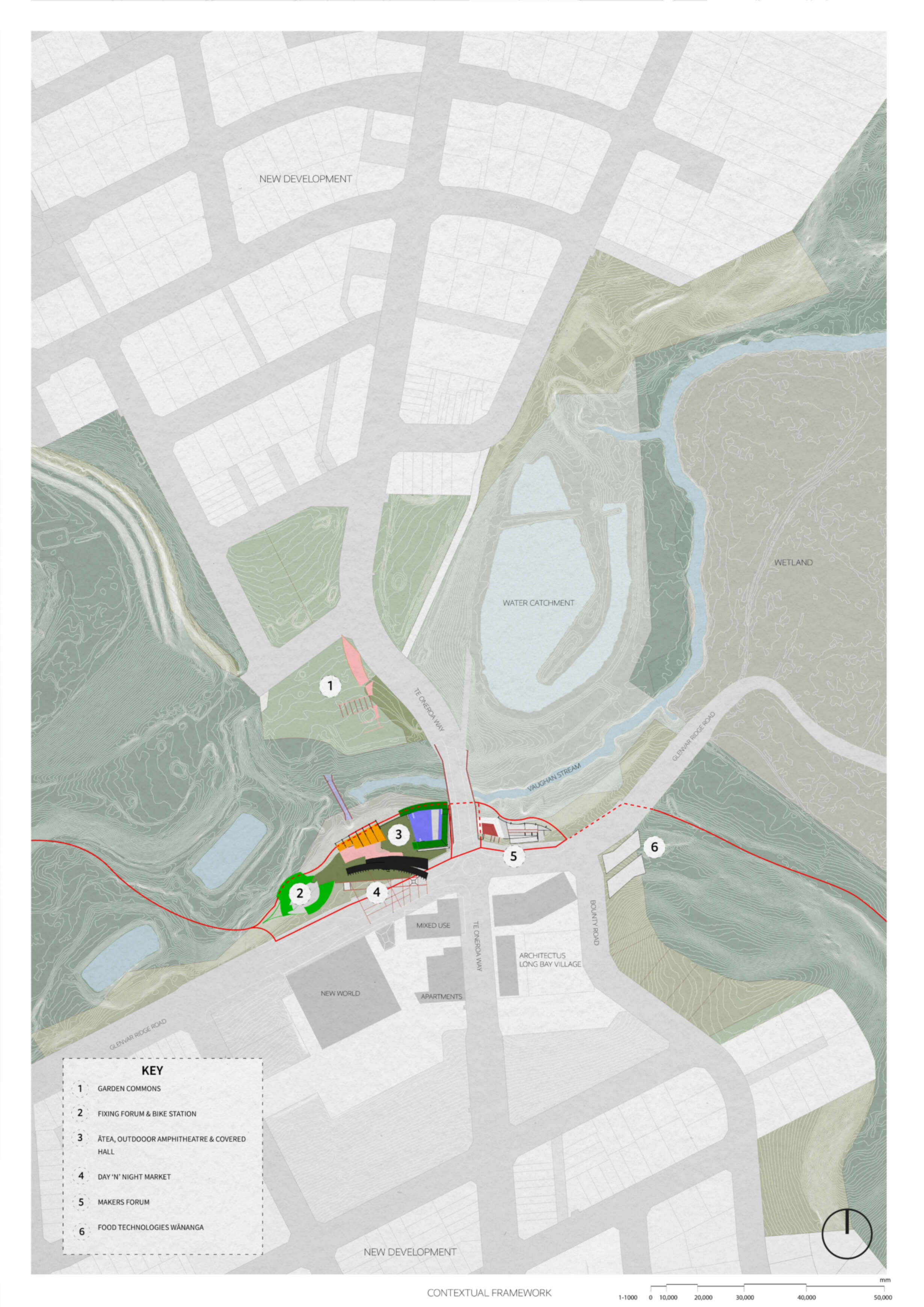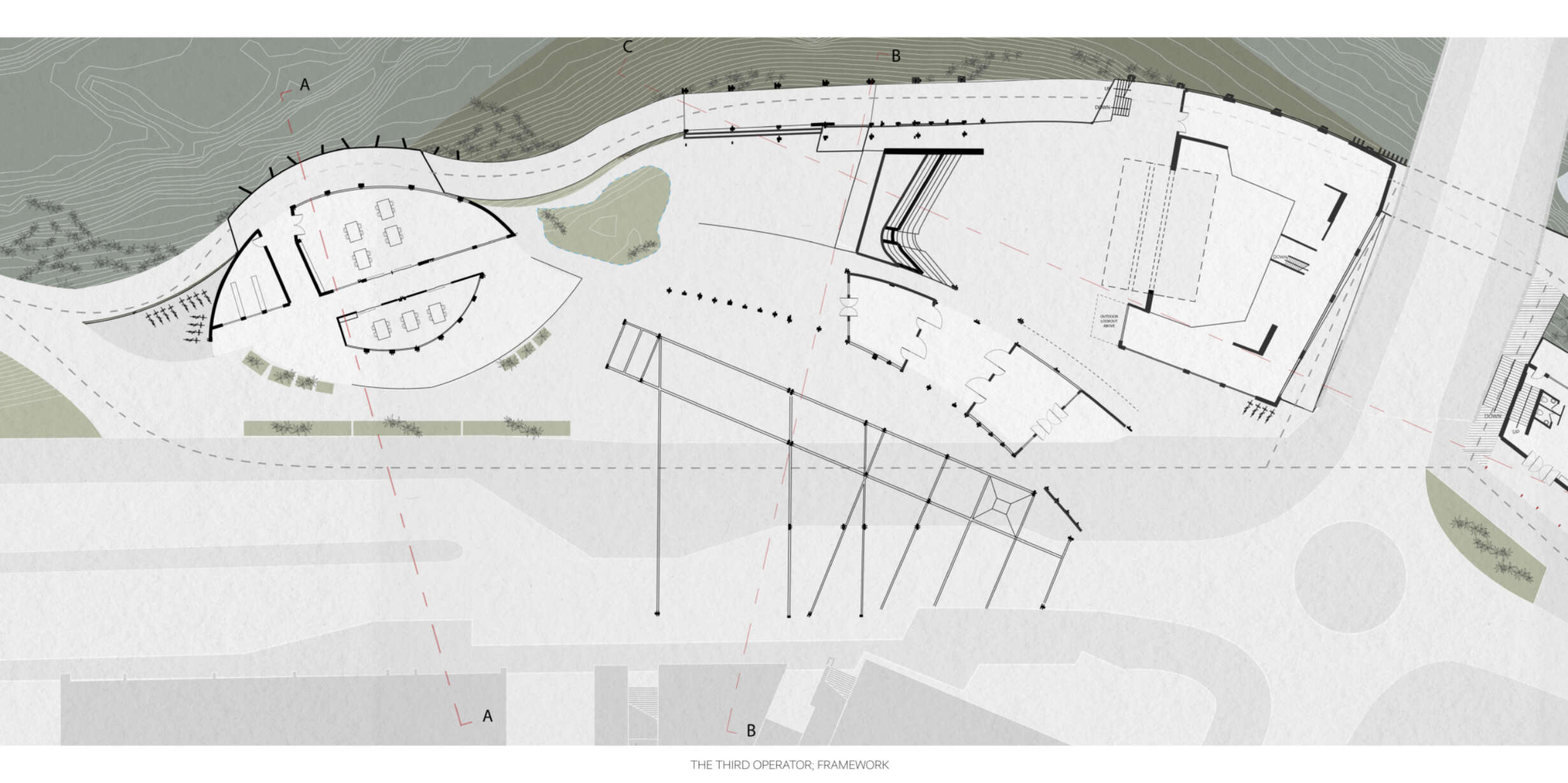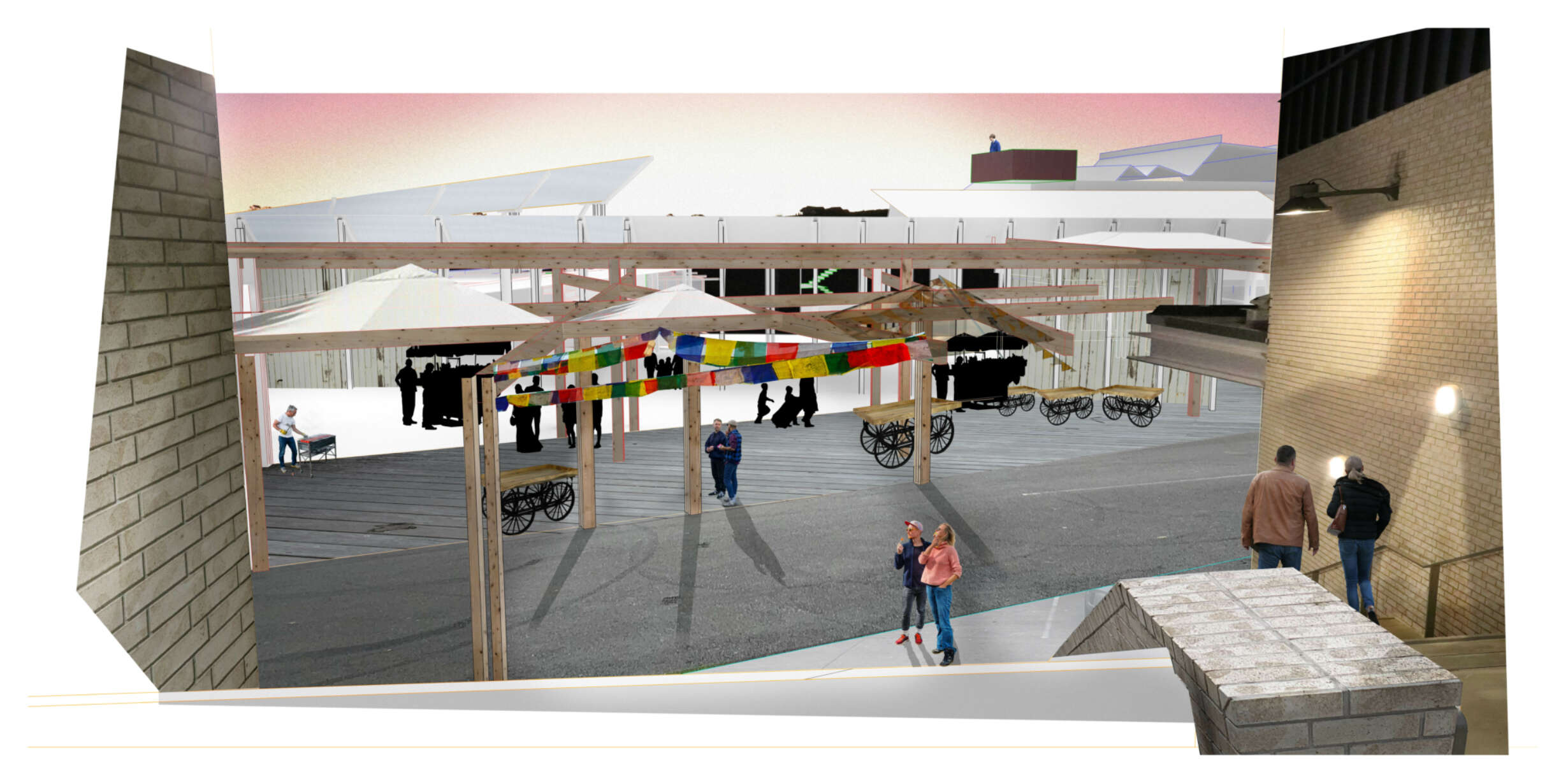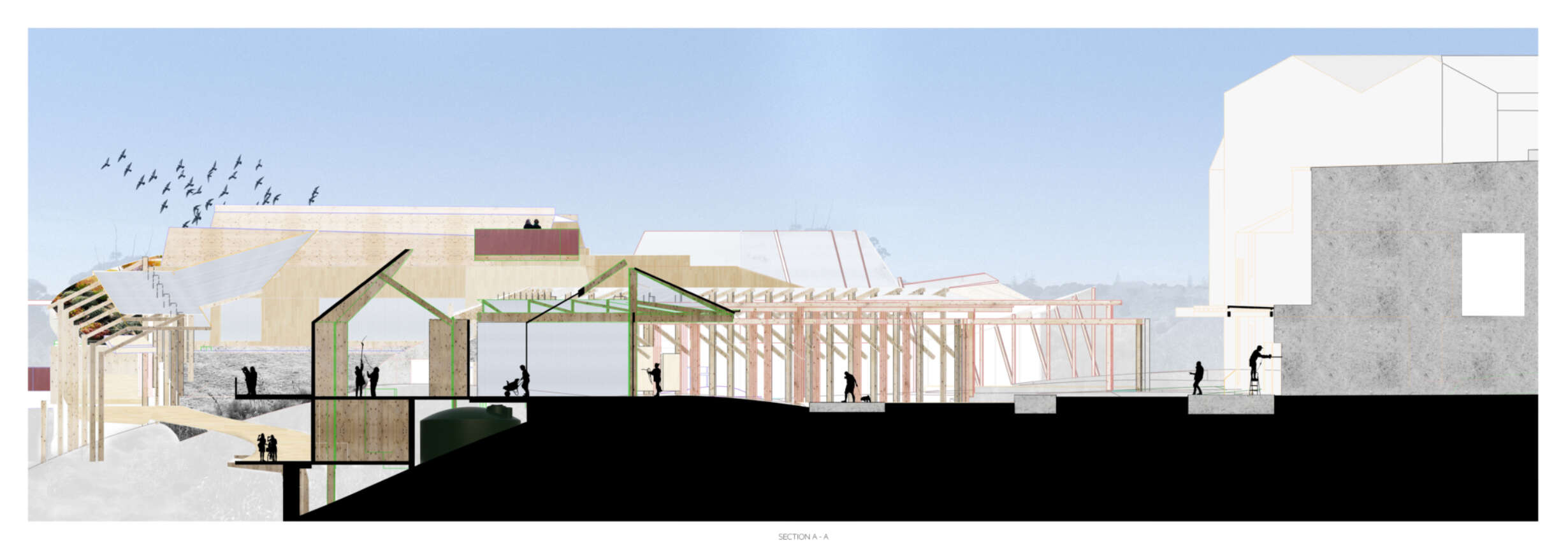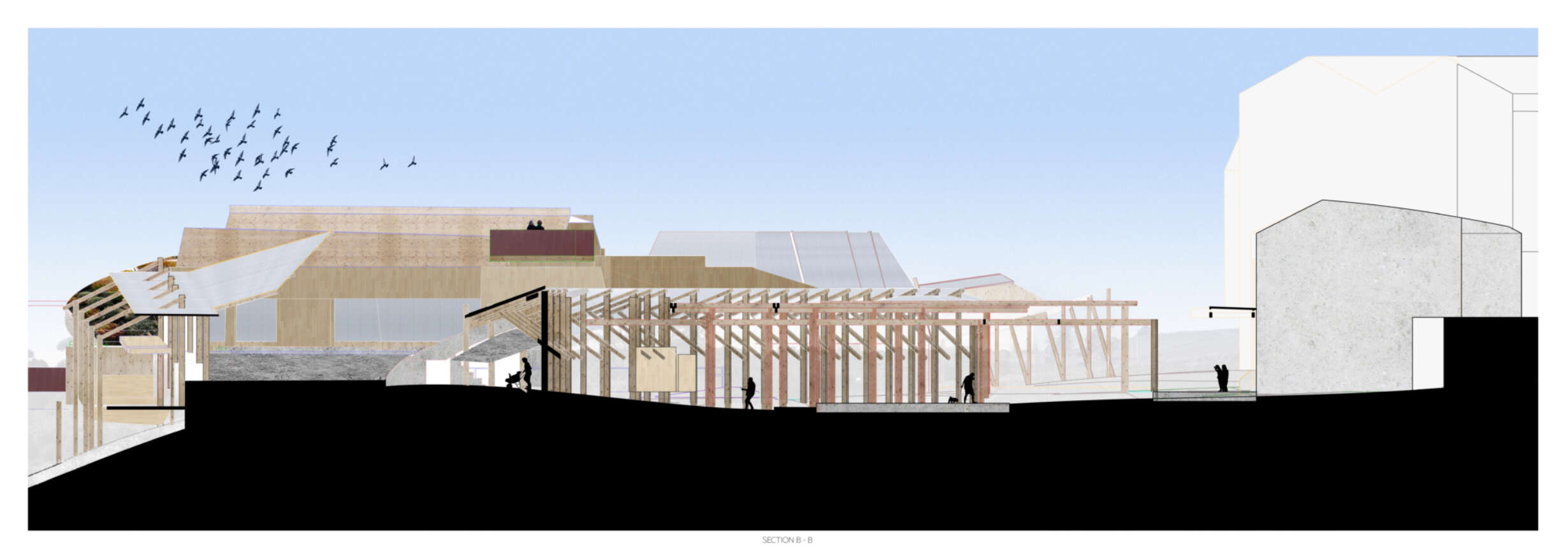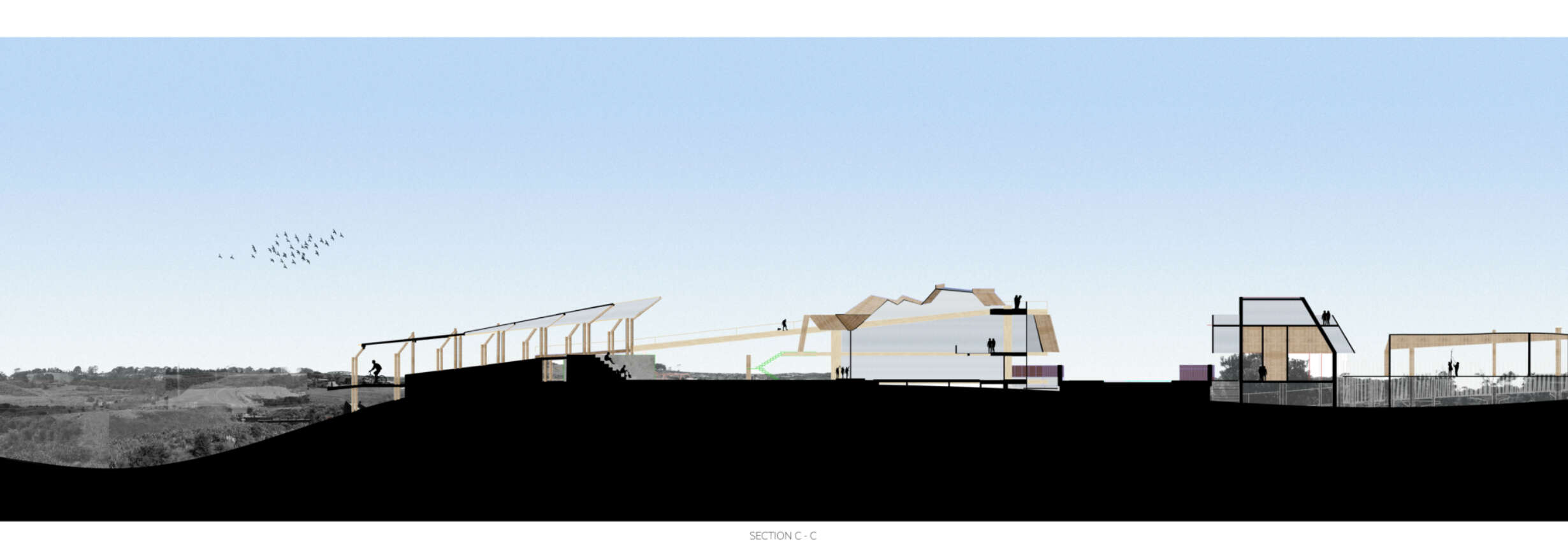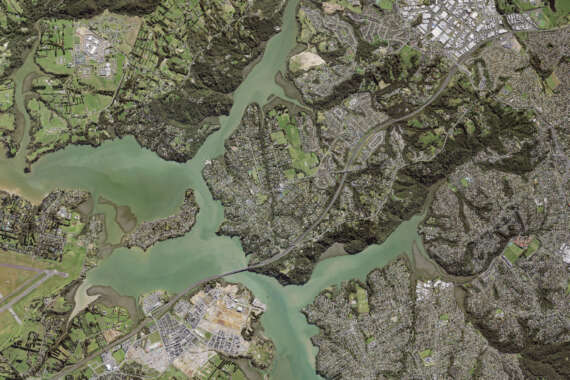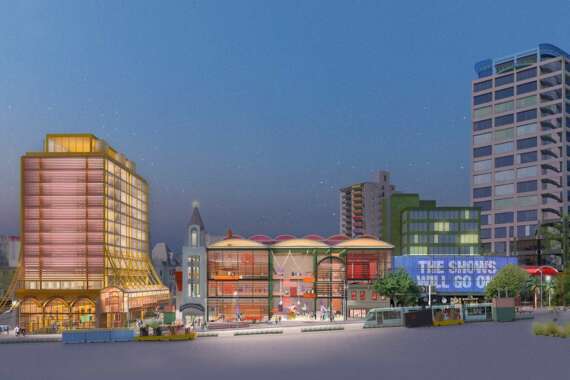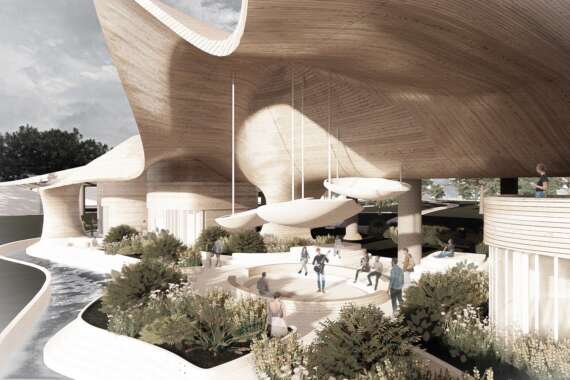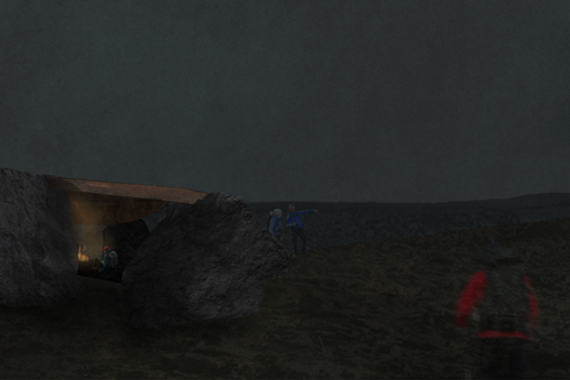A Third Operator: Re-conceiving the Rural-Urban Threshold in Suburban Tāmaki Makaurau Auckland
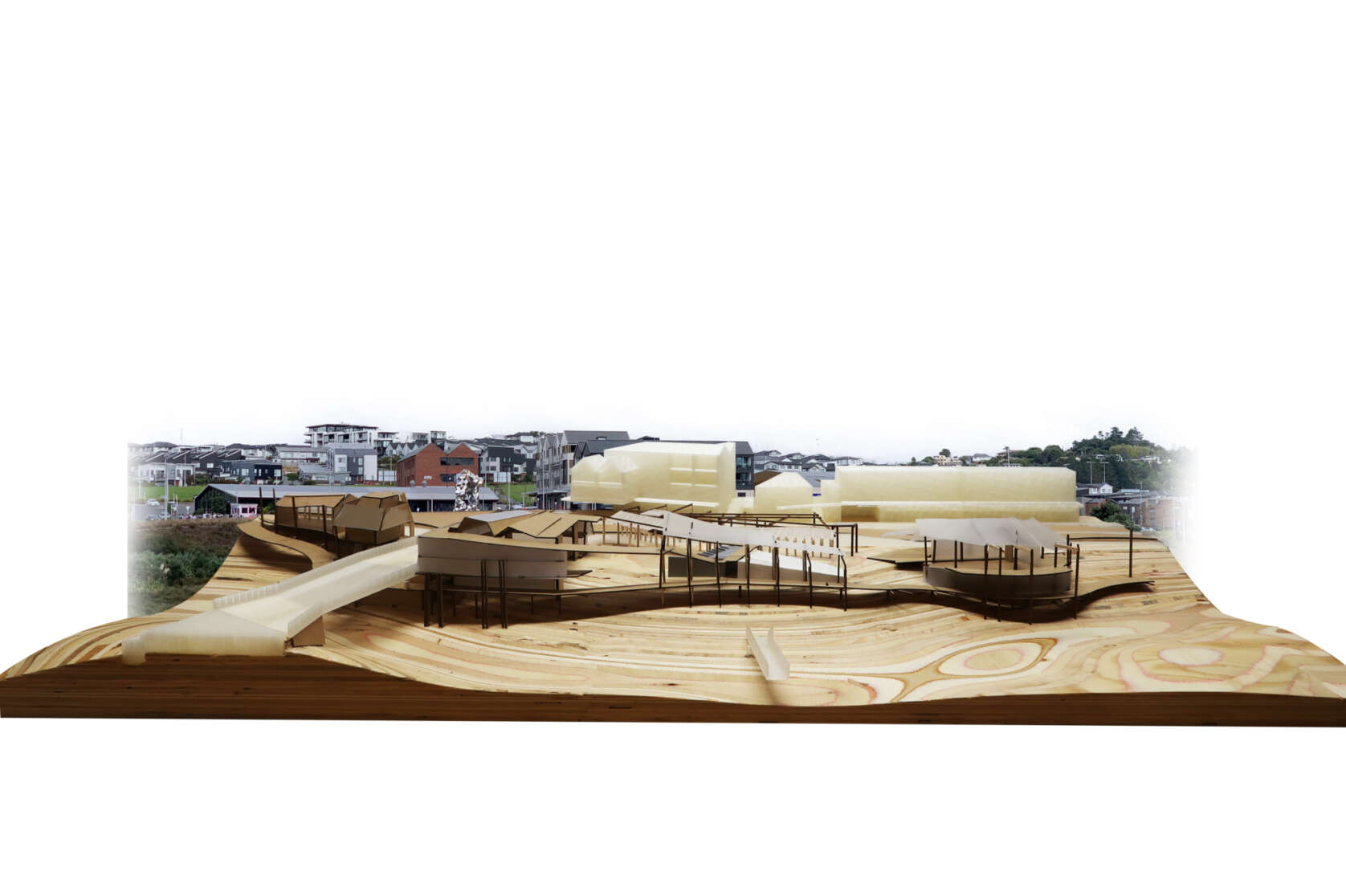
The research considers the commonalities and differences found in the suburban contexts of Tāmaki Makaurau Auckland. It focuses on the drift and dissolution of the rural-urban boundary, particularly as found in the context of Long Bay and its wider contextual exponents. Where once there was cultural intensity, rural land, and the edge of suburbanisation, there is now extensive new housing and an anchoring ‘village centre’, yet one predicated on a commodified public realm that has been super-imposed on the vast green landscape. This research asks whether this appeal to a village-commons held together through commercial interaction is sufficient to make a socially meaningful domain? The assumption assessed here is that a thirdness between the commercial and the domestic is needed to further bind suburban life. Utilising an inherent richness already present in the suburbs – what I consider to be a disjunctive range of interests making up social interactions in the ecology of suburban life – the practice exploration builds on this disjunctive dynamic seeking a more concrete manifestation, a revised urbanism I am calling a ‘third operator’.
Using geographic scaled contextual investigation, layered mapping processes, historical investigation, and collage techniques of expressive disjunctive relations, the project conceives of a new rural-urban relationship, one centred around a circular traversing of coast and remaining rural land, itself defined by a walking and cycling journey. With ‘edge’ reconceived as circular journeying, the project focuses on ways in which passage can be thickened socially and respond to the nature of scaled contextual relationships. The resulting architecture aims to describe and facilitate a built realm capable of joining rural-and-urban through participatory public and community driven programs, emphasizing the existing opportunities in wider context Long Bay, while eschewing commercialization and a public realm limited to passive consumption. At stake in the project is an adaptive reuse of the existing Long Bay Village, one that develops a topographical architectural language sympathetic to new social agency.







